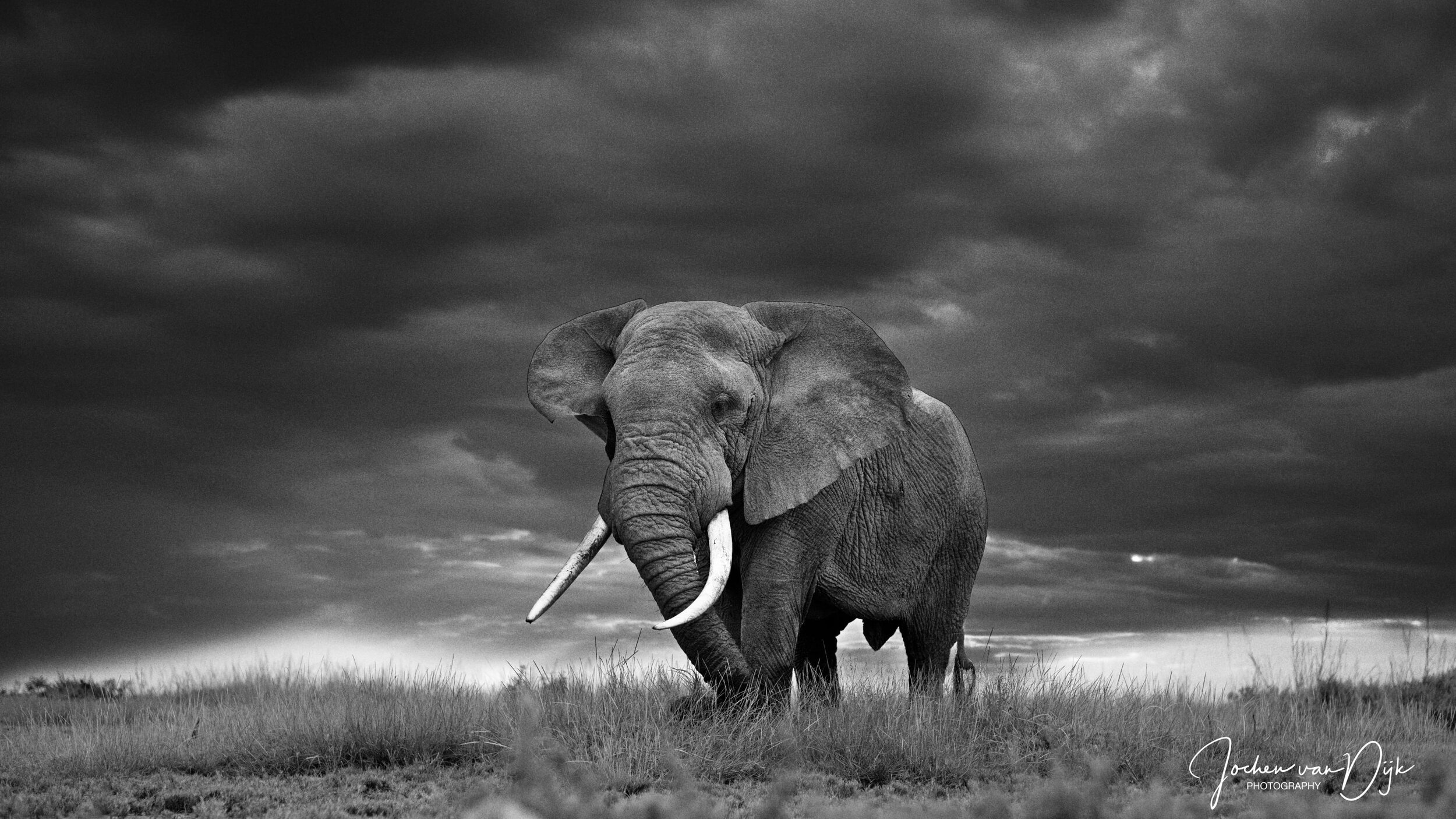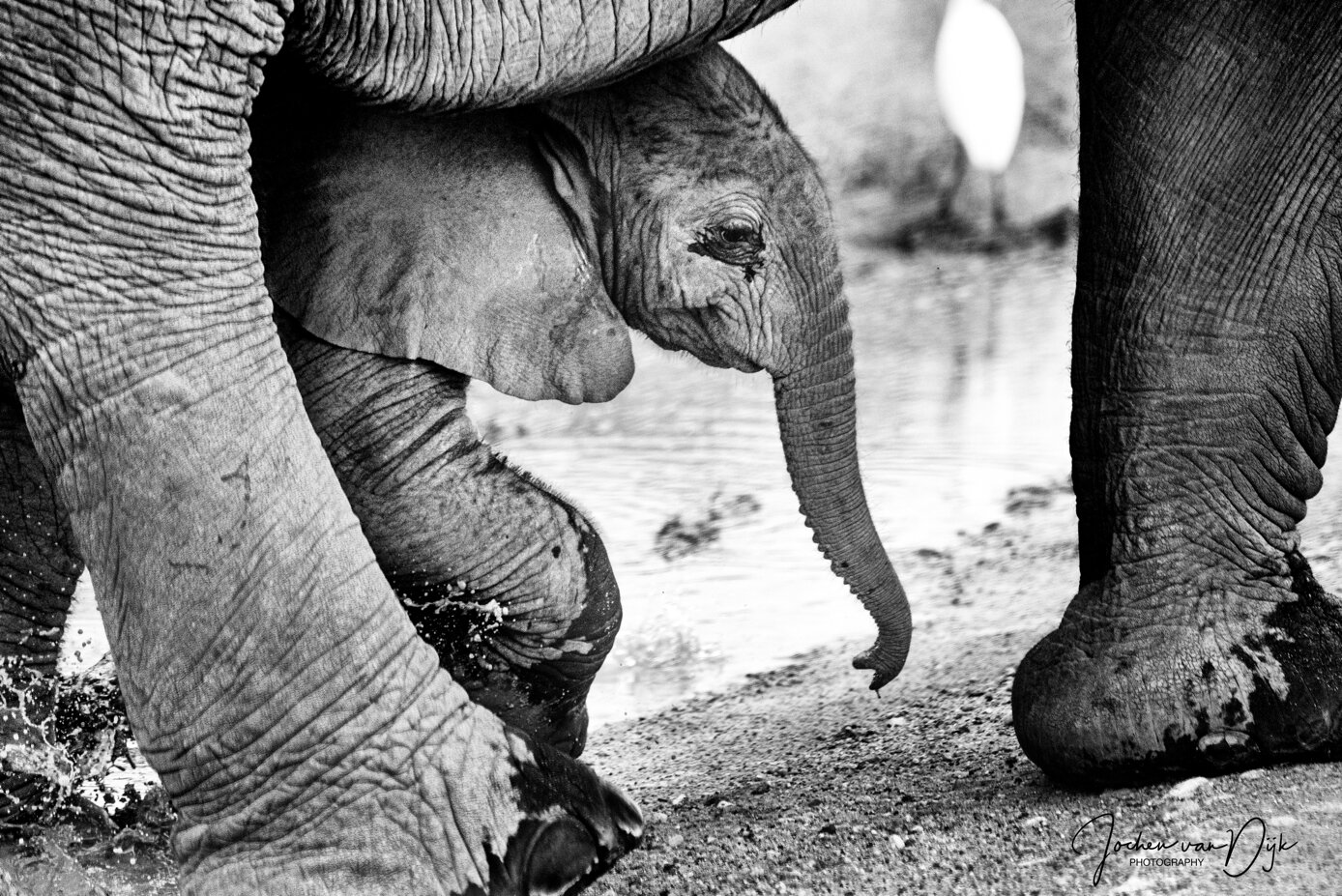“Impact” - Time stands still in southern Kenya. It’s a flat, raw and elemental amphitheater and a great canvas to tell stories. There’re no tension points and it’s a place of stark contrasts. On one side you have - when lucky - your typical Hollywood-like African scenery with Mount Kilimanjaro as a scenic backdrop. On the other you have the dusty, almost apocalyptic landscape which reminds more of uninhabitable places we know from movies like “The Martian”.
All alike… it is not your typical “Big 5 checklist” destination. It’s really all about the elephants. And the elephants here are the biggest in the world. You want to be a better photographer? Stand in front of the most amazing things you can image and put better things in front of your camera. It’s really that simple. In theory.
In reality we waited hours for this big bull to move in front of the camera. And it was worth it. There is no point in coming all the way here and not getting above the threshold of the mundane. That is the challenge and the epicenter of any transcending photograph. All that matters is if the imagery is strong enough to elicit an emotional reaction, not be taken ever again and stacks up in the final print. That’s when you can look back with a great deal of satisfaction. I think we succeeded… it definitely has an impact on all three dimensions.


































